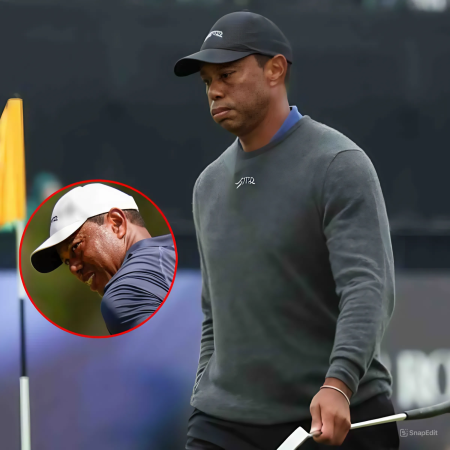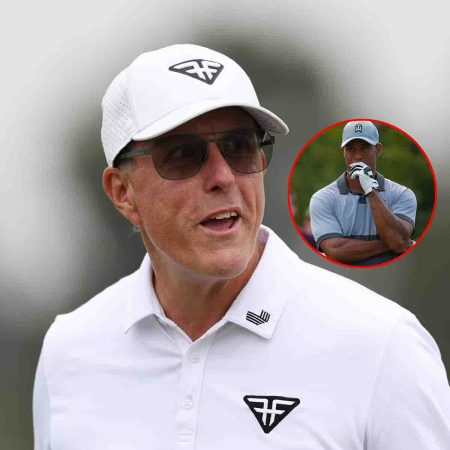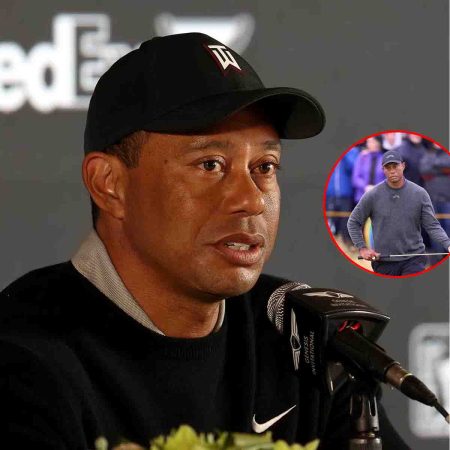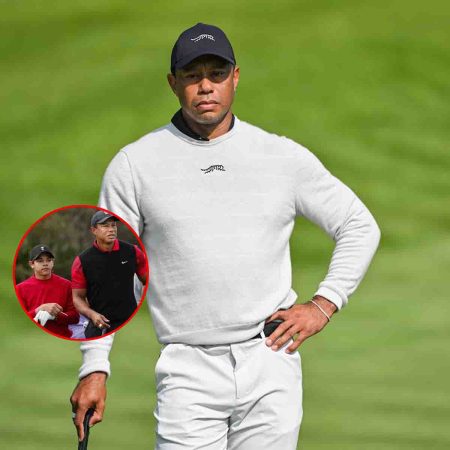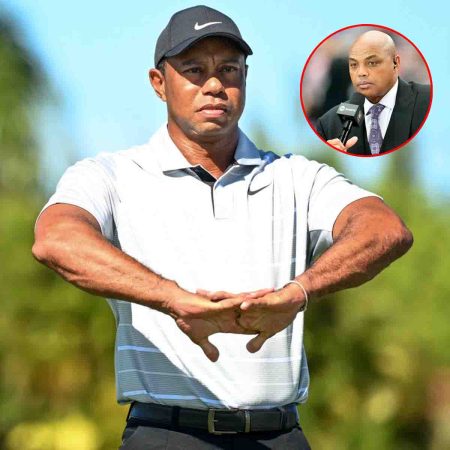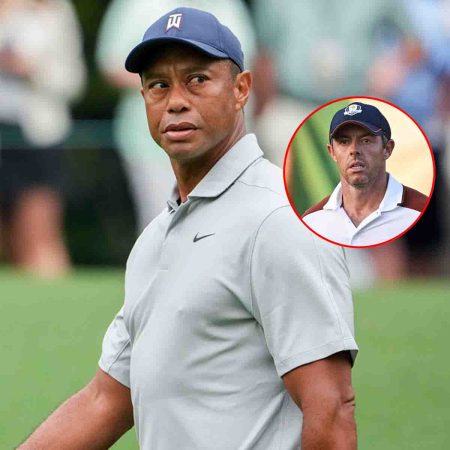Manchester City and their use of Erling Haaland is dominating conversation – but who’s actually noticed this subtle tactical switch Pep Guardiola?
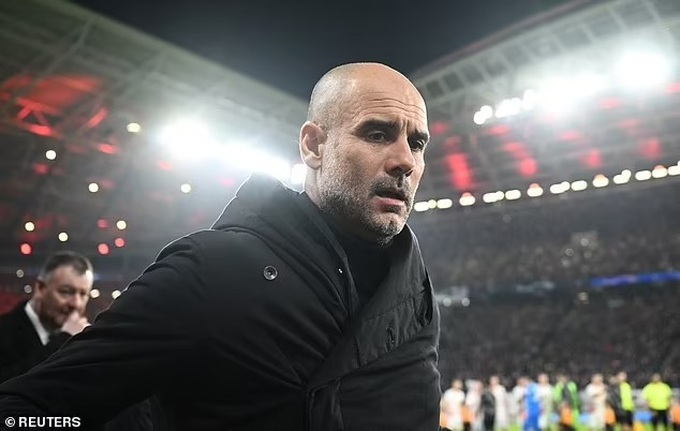
Manchester City striker Erling Haaland has 32 goals in as many games. And yet, he can’t escape conversations about how he fits into the team around him.
Wednesday night saw the Norwegian No.9 fire a second blank in a row against RB Leipzig, as City faltered to back-to-back draws. Once again, discussion turned to Haaland, with Thierry Henry, Jamie Carragher and Micah Richards analysing the striker’s movement and the team around him on CBS Sports(opens in new tab), during their Champions League coverage.
And yet, it seems as if there’s something every pundit has missed when discussing Manchester City and their towering talisman up front. Both Carragher and Henry mentioned that Haaland is moving to the back post with his runs… but this is textbook City movement.
Manchester City have altered their game… but not for the benefit of Erling Haaland

The classic Manchester City shape, circa 2018, when in possession in the final third (Image credit: Future)
Cast your mind back to 2017/18. Pep Guardiola is still building this City team around Sergio Aguero or Gabriel Jesus up front, Leroy Sané on one flank and Raheem Sterling on the other – and the Citizens are destroying all in their path.
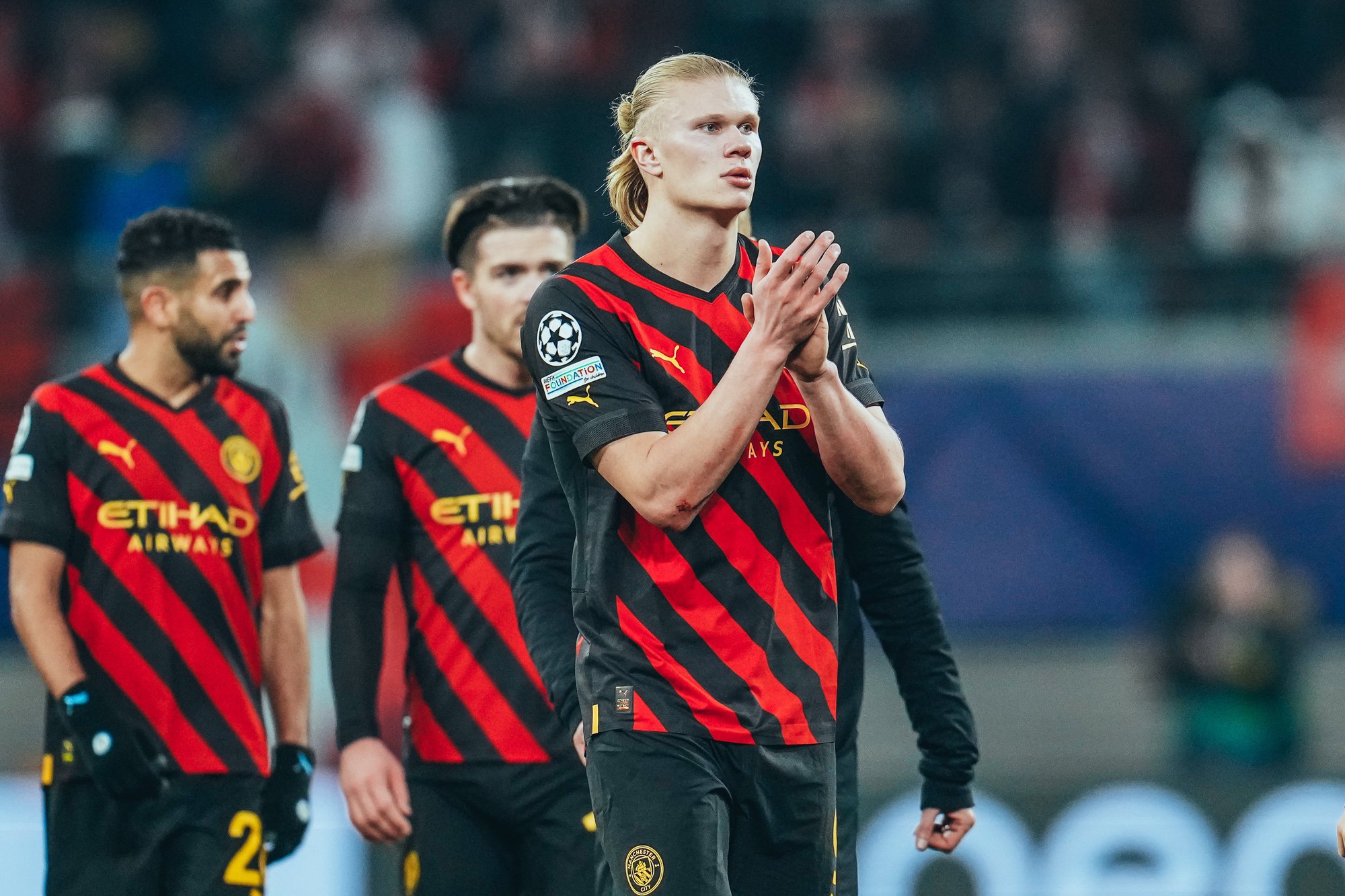
Some tactical context first, though. At Barcelona, Guardiola found goals from Lionel Messi and Thierry Henry cutting in from either flank, with full-backs providing width; at Bayern Munich, the full-backs cut inside with the wingers staying on the touchline. This has been the template since, with Sané and Sterling being big goal threats for a while at City and cutbacks being a main source of chance-creating.
It’s been that way for a while, as Pep has eschewed the modern trend of putting wide players on the opposite side to which foot they prefer. Phil Foden has played on the left, for example, as a natural winger, swooping in to provide cutbacks for team-mates, as well as latching onto them himself. Until now.
As this Twitter user, @nonewthing(opens in new tab), notes, City have moved back away from the cutback model that served them so well during that Centurion season.
Jack Grealish is being used as a right-footed left-winger, starting on the touchline but being tasked less with running to the byline and more with cutting inside to provide – see the No.10’s position during City’s first goal against Leipzig.

Jack Grealish on the ball, shortly before his assist for Riyad Mahrez against RB Leipzig (Image credit: BT Sport)
It’s never been uncommon for Guardiola to field a right-footer at left-back, looking at the likes of Rico Lewis or Joao Cancelo, with width being provided either by Foden on the left-wing or Bernardo Silva on the left of the midfield three – but now, it’s most regularly Nathan Aké on the left of the back four who’s widest on that side of the pitch.
Grealish and Mahrez are both inclined to drift inside to create and Aké isn’t particularly adventurous in wanting to overlap. Neither is Walker, usually. With Foden out of the side recently, too, as well Jesus having left – he was a revelation on the right-wing in recent seasons for City’s many false nines – City aren’t producing the cutbacks they used to.

And they have the striker to convert them. After all – as the CBS pundits noted – Haaland is looking for the back post run. Still, Guardiola is perhaps trying to rectify that.
In the second half against Leipzig, there was a more obvious impetus from Walker to get forward – something he does less and less these days, while in the clash against Arsenal, Bernardo Silva was moved to left-back, perhaps to offer width when Grealish drifted inside. Could we see Kevin De Bruyne make a return to the right-wing? Could Foden come back in on the left? Could Grealish, even, be tasked with staying wider?
Two games is a drought for Haaland. It seems he’s too good at the far-post run to starve of service for too much longer.



